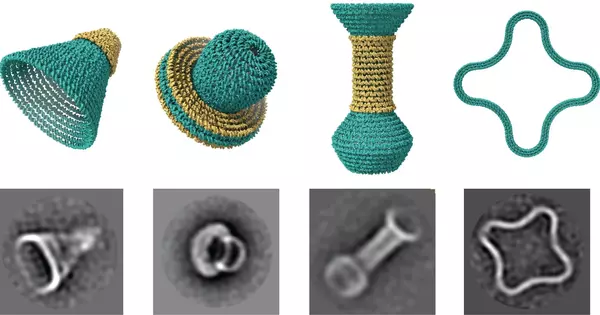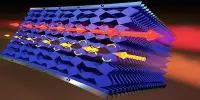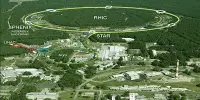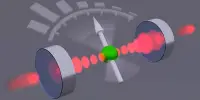The creation of a manual for engineering spin dynamics in nanomagnets is a significant step forward in the field of nanotechnology. Spin dynamics is the behavior and manipulation of electron spins in materials, which is critical in many emerging technologies such as spintronics and quantum computing.
An international team of researchers from the University of California, Riverside, and the Institute of Magnetism in Kyiv, Ukraine, has created a comprehensive manual for engineering spin dynamics in nanomagnets, which is a significant step forward in the advancement of spintronic and quantum-information technologies.
Despite their small size, nanomagnets, which are found in the majority of spintronic applications, exhibit rich dynamics of spin excitations, or “magnons,” the quantum-mechanical units of spin fluctuations. Because of its nanoscale confinement, a nanomagnet can be thought of as a zero-dimensional system with a discrete magnon spectrum, similar to an atom’s spectrum.
The magnons interact with each other, resulting in nonlinear spin dynamics. Nonlinear spin dynamics is both a major challenge and an enormous opportunity for improving the performance of spintronic technologies, such as spin-torque memory, oscillators, and neuromorphic computing.
Igor Barsukov
“The magnons interact with each other, resulting in nonlinear spin dynamics,” explained Igor Barsukov, an assistant professor of physics and astronomy at UC Riverside and a corresponding author on the study published in Physical Review Applied. “Nonlinear spin dynamics is both a major challenge and an enormous opportunity for improving the performance of spintronic technologies such as spin-torque memory, oscillators, and neuromorphic computing.”
Barsukov explained that the interaction of magnons follows a set of rules – the selection rules. The researchers have now postulated these rules in terms of symmetries of magnetization configurations and magnon profiles.
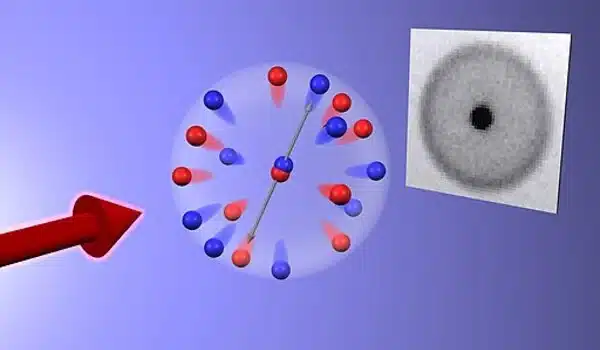
The new work continues the efforts to tame nanomagnets for next-generation computation technologies. In a previous publication, the team demonstrated experimentally that symmetries can be used for engineering magnon interactions.
“We saw the opportunity, but we also saw that there was a lot of work to be done to understand and formulate the selection rules,” Barsukov explained.
A comprehensive set of rules, according to the researchers, reveals the mechanisms underlying the magnon interaction.
“It can be seen as a guide for spintronics labs for debugging and designing nanomagnet devices,” said Arezoo Etesamirad, the paper’s first author and a recent doctoral graduate from the Barsukov lab. “It lays the groundwork for the development of an experimental toolbox for tunable magnetic neurons, switchable oscillators, energy-efficient memory, quantum-magnonic and other next-generation nanomagnetic applications.”
